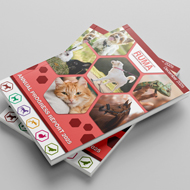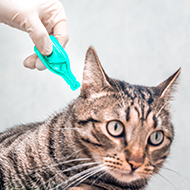"Some individuals were estimated to have consumed about 85ml of alcohol (which is the equivalent to 8.5 UK units)."
Wild apes use leaf-tool to ingest ethanol from plant sap
Chimpanzees in West Africa use leaf-sponges to drink alcoholic plant sap, a new study has found.
The research, published in Royal Society Open Science, provides the first evidence of repeated and long-term ethanol ingestion by apes in nature.
In the Boussou area of Guinea, locals tap raffia palms to make palm wine and the sap collects in plastic containers.
In the 17 year study, wild chimps were observed harvesting the fermented sap using a leafy tool as a drinking vessel.
The chimps made a crushed or folded leaf 'sponge', then dipped the tool into the opening of the fermented palm sap container. They then retrieved the sponge and put it in into their mouth for drinking.
The researchers found that chimps of all ages and sexes drank the sap, and some of the chimps consumed high quantities of alcohol.
“Some individuals were estimated to have consumed about 85ml of alcohol (which is the equivalent to 8.5 UK units) and displayed behavioural signs of inebriation, including falling asleep shortly after drinking," says Dr Kimberley Hockings from Oxford Brookes University and lead author of the paper.
“Our research demonstrates that there is not a strict aversion to food containing ethanol in this chimpanzee community.
"This new use of elementary technology shows once again how clever and enterprising humankind’s nearest living relations are."
A video clip released by Oxford Brookes University shows an adult male chimpanzee in Boussou drinking palm wine.







 The RCVS has announced a new version of its 1CPD mobile app, with enhanced features for veterinary surgeons and veterinary nurses to record their continuing professional development.
The RCVS has announced a new version of its 1CPD mobile app, with enhanced features for veterinary surgeons and veterinary nurses to record their continuing professional development.
